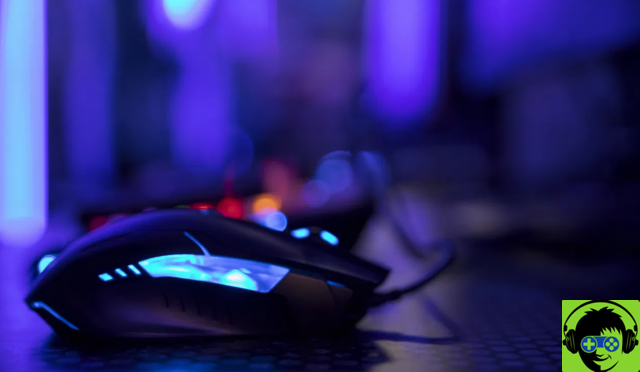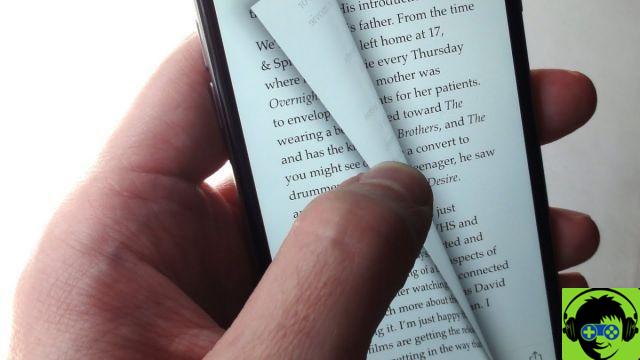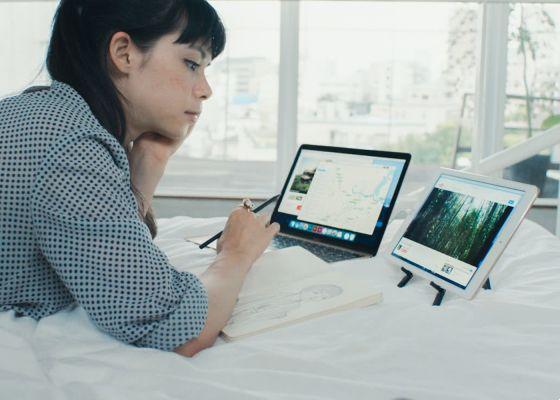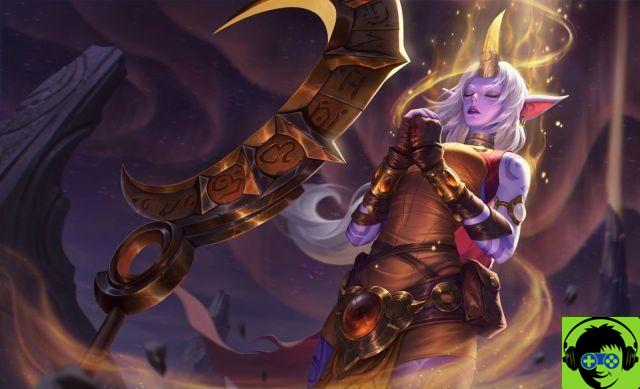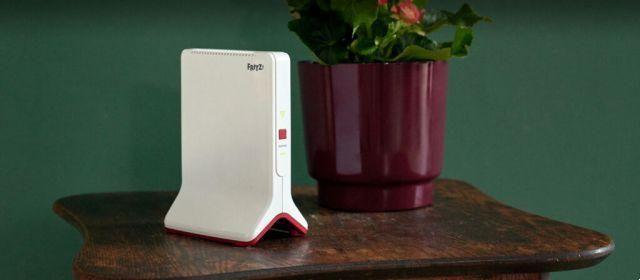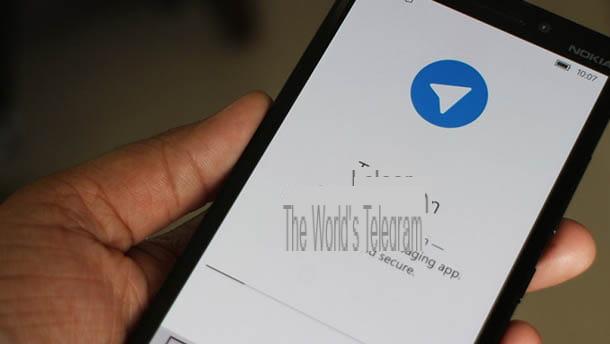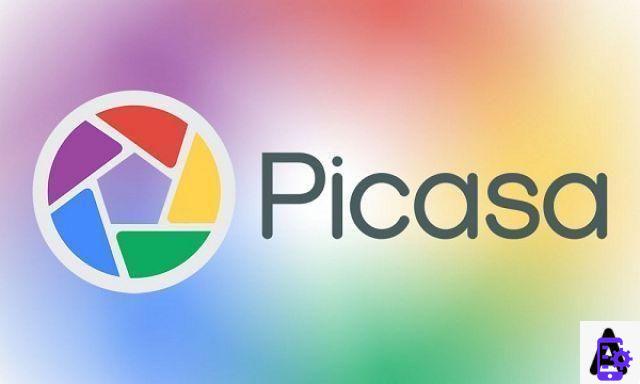You are a photography enthusiast but yours monitor doesn't it do justice to the moments, colors and subjects immortalized in the photos you took with such care and precision? There are so many monitors and so many prices that you don't know how to choose the right one? I understand you, not all monitors are designed for the faithful reproduction of the color, contrast and light represented in a photograph. If your goal is to bring the photos you look to life, you've come across the guide that's right for you.
A monitor designed for the office or for teaching hardly reflects all the characteristics of a monitor designed for precise and faithful reproduction of photographic details. How to recognize it? I'll gladly explain it to you! In fact, in the next lines I will show you i best monitors for photography available on the market and I will explain how to identify the one that best suits your needs, giving you some suggestions on how to make the choice that is right for you.
So what are you waiting for? Take a few minutes of your time and dedicate yourself to reading the next chapters. You will see that in the end, you will have the clearest ideas and will be able to decide which monitor for photography will be able to meet your needs. Happy reading and good luck for your choice!
How to choose a monitor for photography
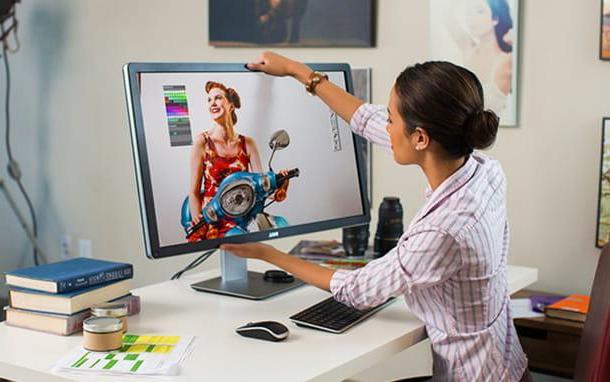
As I mentioned earlier, there are monitors suitable for office use, for teaching, for gaming, for analytics, for advertising, for day and night use, in short, the list is really long. . Didn't you think? Well yes! But don't worry, figuring out which one is right for you is easier than it seems, that's why I'll explain right away. how to choose a monitor for photography.
To choose the monitor that suits your personal needs you must understand first of all, how much space you have available on your desk and how big you want it to be display size. Then you have to know how to evaluate the technology of the panel, the resolution, the loyalty of colors declared by the manufacturer, theangle display as well as the ratio of the contrast.
There are many things, it is true, but easy to understand and memorize. Ready to get specific? Below I will explain all these characteristics in detail in order to make you better understand the importance of each one.
Size, resolution and type
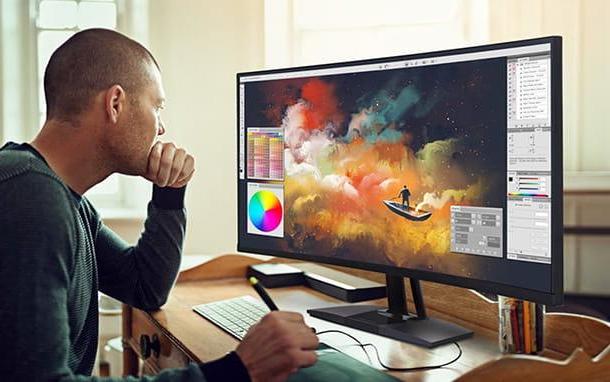
Sizes, resolution e monitor type, are usually the first characteristics considered. Based on the space available to you, you can evaluate a whole range of monitors for the purpose. For photography and photo editing, I strongly suggest you evaluate a display width equal to or greater than 27 "(inch), that is, around 60 cm in width.
The goal is to fully see the content of the image and be able to interact with the photo editing tools without sacrificing the space of the photo itself. A display that is too large (32-40 ") could disperse the image and work tools excessively, not to mention that it could strain the eyes after prolonged use. The right size is always in the middle and you have to evaluate it carefully.
A large display is not synonymous with high resolution, the latter is a feature to be identified model by model and is not related to the screen size. The resolution denotes the number of pixels (horizontal and vertical) displayed in a monitor. The higher the number of pixels, the higher the definition of the photos displayed, as long as they were taken with a photo lens of the same or higher resolution.
Having more pixels also means having more image clarity. Monitors with higher resolutions offer images sharper. For a 27 "monitor the optimal resolution is 2560 1440 pixels x, Also called QHD. For a larger monitor size I suggest you opt for a resolution of 3840 2160 pixels x, Also called UHD (UltraHD / 4K) or go even higher with a monitor 5K da 5120 × 2880 pixels (which, however, are not very popular at the moment and are quite expensive, so I will not cover in this tutorial). On monitors smaller than 27 ”the optimal resolution is 1920 1080 pixels x, the now classic note FHD (Full HD).
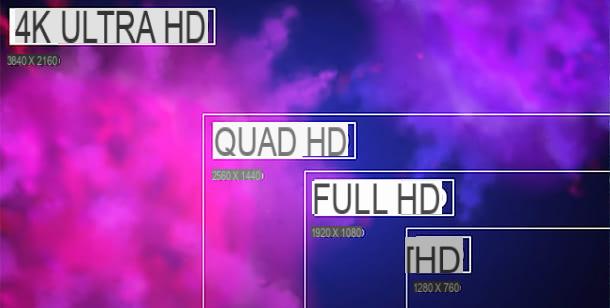
Size and resolution are a perfect choice when married to the type of panel ideal. Exactly! Even the panels are made with different technologies. Today, almost all consumer monitors on the market are built on LCD display (liquid crystal, with LED or fluorescent backlighting) and are divided into 3 main types: TN, VA e IPS
The monitors TN (Twisted Nematic) they are suitable for 3D animation and gaming, characterized by short response times, but not ideal for professional photo editing. The monitors VA (Vertical Alignment) they are more suitable for office use with lack of color fidelity but excellent visual rendering from any angle. The variant of the latter, AMVA, corrects the lack of color offering excellent opportunities in the daily use of graphics and photo editing.
The monitors IPS (In Plane Switching) they offer better color accuracy, wider viewing angles, higher contrast ratios than previous types. They also manage to eliminate image distortion and color shifting, improving visual comfort and ranking among the best monitors for photography and photo editing.
Last but not least, you need to evaluate which type of display surface is right for you: opaque o Glossy? With the right characteristics of color, contrast and brightness, the matte surface does not differ from the luminous one, except for the fact that it considerably attenuates the reflections of the environment on the display, placing itself among the preferred choices of photographers. A glossy surface may appear brighter but will easily reflect any light source into the surrounding environment.
Colors and contrast
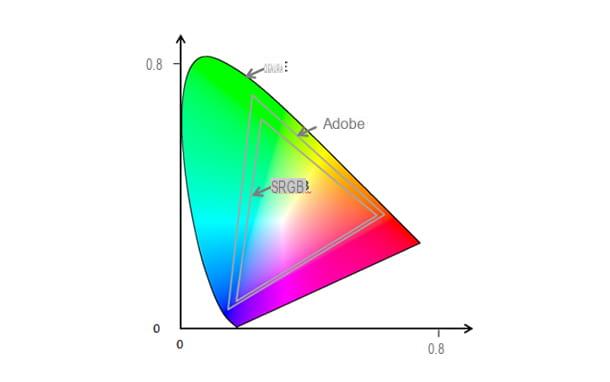
After choosing the size and type of panel, you can focus on the key features: colors e contrast. As mentioned for the resolution, also the color scale and the contrast ratio vary from model to model (and must be appropriately calibrated).
Lo CIE color space, represents the amount of colors reproducible from the universal color palette. You have to know that the human eye can see and recognize around 10 millions of colors, which is the physical limit of our color space. To understand if a monitor is able to faithfully reproduce colors, you just need to look for the characteristic quantity of colors in its data sheet.
Among the color characteristics of a monitor, you can find fidelity to the color standard sRGB o Adobe RGB, which indicate nothing less than the most used color spaces in the photographic and graphic sector. To give you a practical example, a great photography monitor is capable of reproducing a number equal to or greater than 1 billion colors with 100% fidelity to the sRGB color space, well beyond the amount recognized by the human eye.
Il contrast ratio is the ratio of the brightness of the White and the brightness of the black and, therefore, the ability to maximize the brightest values and minimize the darkest values. This ratio is indicated with the figure PM1000:1, which is the most common ratio among monitors on the market. The higher this ratio, the more contrast you can get from the monitor. The practical example of a high contrast ratio on a photograph results in darker blacks e brighter whites.
Video and data inputs
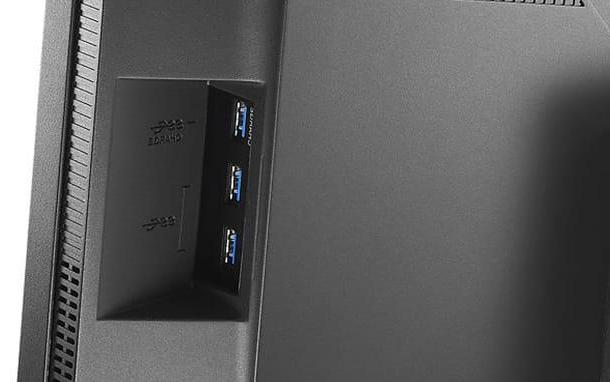
If you are a photographer or do photo editing, you will often be accompanied by a camera and his SD card o microSD . That's why it's important to consider which ones video and data inputs can offer you a monitor.
This is a technical fact that does not affect the visual quality of the photos on the display, but simply facilitates and optimizes your user experience. A monitor with one or more data inputs it may be more accessible than going to the desktop PC to insert the USB stick into a free slot, often located under the desk or in other awkward positions.
Even the video inputs they can be an advantage for you. As you know, some cameras can be connected directly to an external monitor with the supplied video cable. A cable is often provided HDMI-Type C o mini HDMI, depends on the camera model. This direct access allows you to see photos or videos in real time on the new monitor.
Other characteristics
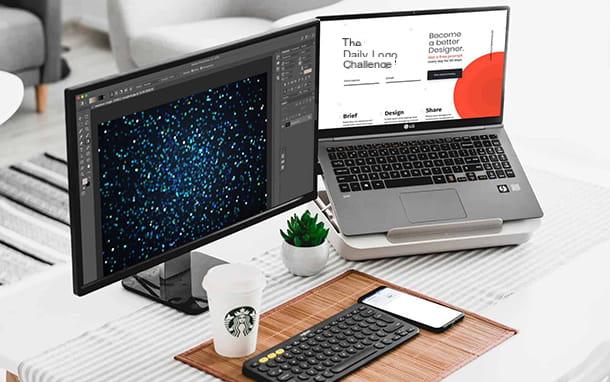
Another aspect to consider is the regulation of the gamma which plays a fundamental role in photography. Gamma is defined as the mathematical encoding of brightness into a value for each individual pixel (also known as luminance). The goal of the range is to make a digital image the more vibrant possible. However, it is not always a feature expressed in the specifications of a monitor.
Monitors are typically configured to a default gamma value which can range from 1.8, for night-time monitors with darker tones and reduced brightness, up to 2.6, for crystal clear and brighter toned monitors for daytime use. The gamma value of the most common monitors is 2.2 and that's more than enough for a good photography monitor.
La brightness of the panel is another fundamental element and is expressed in nit (nitere or "shine") as a result of the amount of candles per square meter (cd / m2). You can easily find this data in the technical specifications of a monitor, this represents the ability to increase the backlight of the panel making the images more or less showy.
A low-nits panel might be a bad choice if you intend to do long-term photo editing, however, too many nits could tire your eyes and annoy your eyes in prolonged use. The average nit value for optimal use in photo editing and digital graphics is about 300 cd / m2.
Another particular detail to consider is the technology HDR (High dynamic range), able to expand the range of colors (color rendering) both towards the shadows and towards the points of light. A monitor with HDR support is capable of increasing the visual quality of every single pixel, however this is a feature you will only find on mid-range or professional monitors.
Best budget photography monitor
Good! Now that you have learned what are the technical aspects to evaluate in order to choose a good monitor, I propose you some models that you can compare in order to make all the necessary considerations and find the best budget photography monitor that can do for you.
HP 24FW
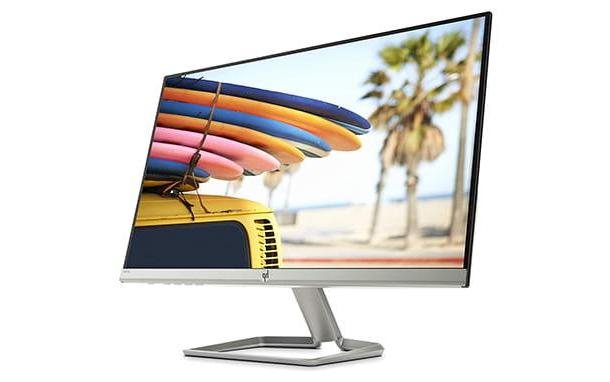
THEHP 24FW it is an affordable monitor but with remarkable features. The IPS panel with LED backlight is 24 "large and the FHD resolution covers the surface with 1920 x 1080 pixels (93 pixels per inch). The mix of IPS panel and anti-reflective matte surface guarantees a 178 ° viewing angle in any direction. display offers up to 16.7 million colors with a 1000: 1 contrast ratio and the maximum brightness range of 300 cd / m². It is not adjustable in height and is not equipped with data inputs, however it is equipped with 1 VGA video input and 1 HDMI video input.
Vedi offers your AmazonLG 24MP88HM
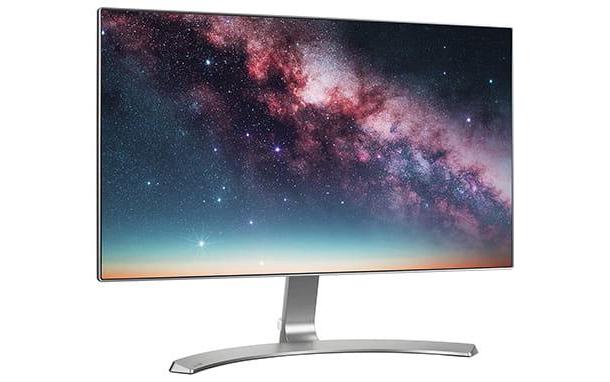
THELG 24MP88HM is a monitor with a 24 "IPS panel with a resolution of 1920 x 1080 pixels. As with the HP described above, it is capable of offering up to 16.7 million colors with a contrast ratio of 1000: 1 . The matte anti-glare display has a maximum brightness of 250 cd / m² and allows you to see sharp images up to a 178 ° viewing angle from all directions. The monitor is not height adjustable and has no data inputs, it offers however two separate HDMI inputs.
Vedi offers your AmazonPhilips 272B8QJEB
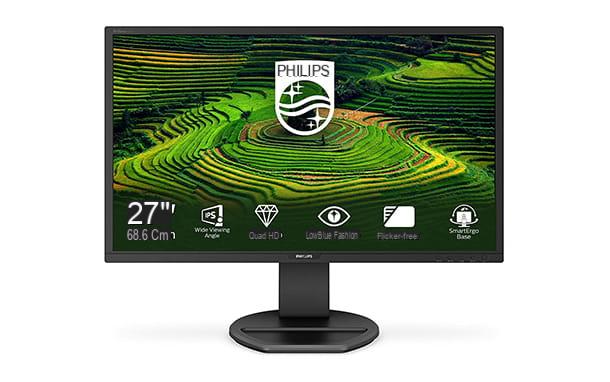
The monitor Philips 272B8QJEB has a 27 "diagonal IPS panel with a Quad HD resolution of 2560 x 1440 pixels (109 pixels per inch). The anti-glare matte display surface promotes clarity of images even from a 178 ° viewing angle. -LED has a brightness of 250 cd / m² and offers up to 1,07 billion colors with a contrast ratio of 1000: 1. This extremely versatile model is height adjustable and can be tilted to the front, offers 1 VGA video input, 1 DVI input, 1 DisplayPort 1.2 input and 1 HDMI 1.4 input Finally, it is equipped with 4 data ports: 2 USB 3.0 and 2 USB 2.0 for easier accessibility.
Vedi offers your AmazonBenQ PD2700Q
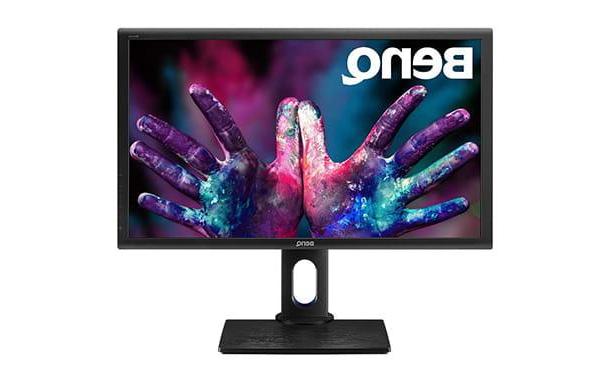
Il BenQ PD2700Q is an affordable designer monitor with 27 "IPS panel and Quad HD resolution of 2560 x 1440 pixels (108.79 pixels per inch). The LED backlight can provide up to 350 cd / ㎡ of brightness and with a matte surface anti-glare, allows a clean view of images up to an angle of 178 °. The IPS panel is capable of delivering up to 1.07 billion colors and 100% coverage of the sRGB color space. The monitor can be adjusted in height and tilted frontally , it is also equipped with 2 USB 2.0 inputs for quick access to portable memory units.The video inputs available are: 1 HDMI v1.4, 1 DisplayPort 1.2 and 1 Mini DisplayPort 1.2.
Vedi offers your AmazonASUS ProArt Display PA278QV
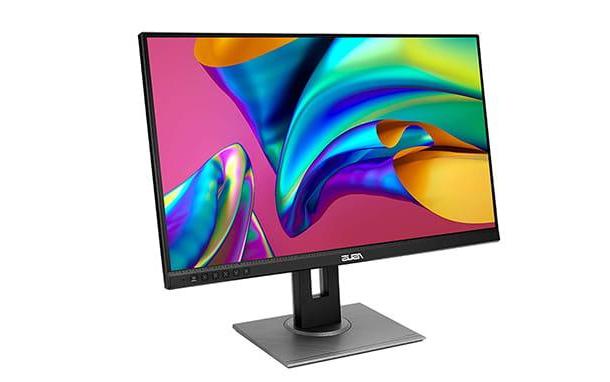
THEASUS ProArt Display PA278QV it is one of the best budget photography monitors. Its 27 "diagonal IPS panel has a Quad HD resolution of 2560 x 1440 pixels. The brightness of the LCD monitor is capable of reaching 350 cd / ㎡ and the matte anti-glare surface promotes a clean view of images even from an angle. 178 ° visual. The panel is capable of reproducing up to 16.7 million colors, which is a totality of the sRGB color space with the native contrast ratio of 1000: 1. The video inputs are 1 Mini DisplayPort, 1 HDMI 2.0, 1 HDMI 1.4, 1 DVI In addition, the monitor is equipped with 4 USB 3.0 data inputs The joint and tilt mechanisms make it very versatile and easily adjustable.
Vedi offers your AmazonBest 4K monitor for photography
If budget photography monitors aren't for you, here are some of the best best 4K monitor for photography. You will quickly notice that the cost of a UHD or 4K monitor is higher than a monitor with a lower resolution panel. To justify the economic difference, is the quality of the monitor is much higher.
HUAWEI MateView
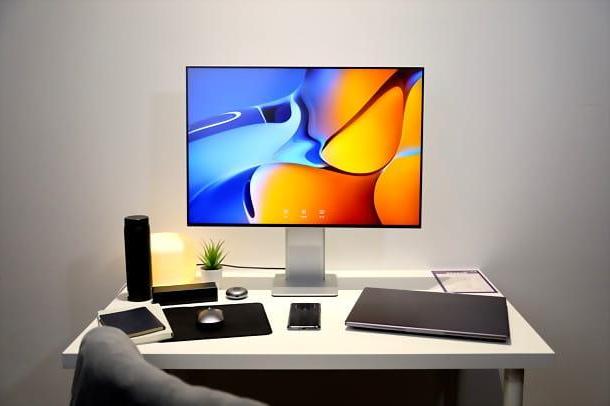
A photography monitor must reproduce colors extremely accurately and, from this point of view, HUAWEI MateView, the first stand-alone monitor produced by the well-known Chinese technology company, is an absolute guarantee, making it an excellent option for both professional photographers and photo enthusiasts. We are speaking, in fact, of a 28,2 "monitor with 3: 2 aspect ratio and 4K + resolution (3840 x 2560 pixels) equipped with support for a cinema-grade color gamut - more precisely, the HUAWEI MateView supports the 98% of the DCI-P3 color gamut and 100% of the sRGB color gamut. And then professionally calibrated to produce true-to-life colors with color accuracy of ΔE <1 in sRGB mode and ΔE <2 in DCI-P3 mode. The certification VESA DisplayHDR 400 it then attests to its ability to make all the details appreciate even in the darkest images.
HUAWEI MateView is also equipped with a wide range of smart features. It allows, for example, to connect smartphones, tablets and notebooks in mode wireless and take advantage of the OneHop projection smartphone, to use it in desktop mode simply by placing it on the base. The base also houses the HUAWEI Smart Bar, a bar with an intuitive touch interface to adjust display settings and volume, two front speakers high power and a microphone. Excellent then the endowment of doors, which includes: two doors USB-C, two doors USB-A, a door HDMI, a mini DisplayPort it's a audio jack from 3,5 mm. Through the integrations allowed by the operating system HarmonyOS on HUAWEI, it is also possible to connect a mouse and keyboard to the monitor and use them to control multiple devices at the same time, without having to pair them with each of them.
From an aesthetic point of view, the HUAWEI MateView looks good in any context; it is in fact characterized by a captivating aesthetic and an essential design inspired by the compositions of the famous painter Wassily Kandinsky. Finally, attention to the health of users should be emphasized, with certifications TÜV Rheinland Low Blue Light e Flicker Free, which attest to the monitor's ability to filter out eye-damaging light emissions and alleviate potential eye strain caused by screen flickering. For more information, please visit the official HUAWEI website. For the purchase, I recommend the official HUAWEI store, where there are often very interesting promos with discounts and free products.
ASUS ProArt Display PA279CV
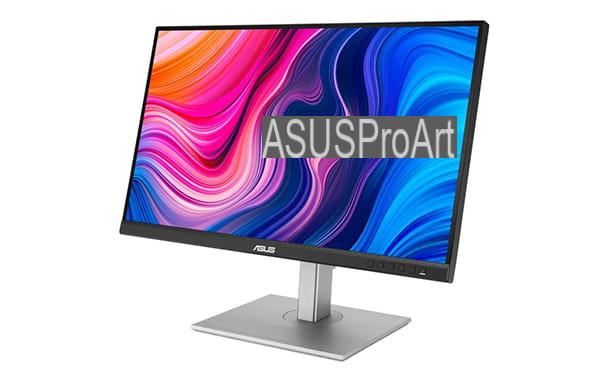
THEASUS ProArt Display PA279CV is a 4K UHD (3840 x 2160 pixels) monitor with a 27 "IPS panel with an anti-glare matte surface. This range of monitors designed for artists allows for a clear and clean viewing angle of up to 178 ° and is capable of reproducing up to 1.07 billion colors with a 1000: 1 contrast ratio. The panel supports HDR10 technology for more intense and brilliant colors and the LED backlight can provide a brightness of 350 cd / ㎡. This monitor is equipped with several data ports: 1 USB Type-C powered up to 65W and 4 USB 3.1 inputs. There is also the possibility to choose the video input between 1 DisplayPort 1.2 and 2 HDMI 2.0 inputs. This monitor is equipped with 2 integrated speakers of 2W each.
Vedi offers your AmazonBenQ PD2700U
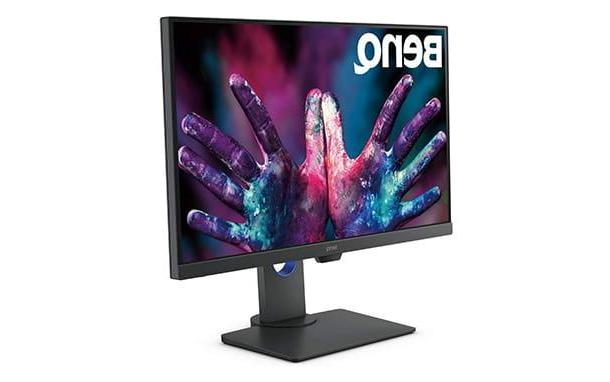
Il BenQ PD2700U is a professional monitor with a 27 "display with a resolution of 3840 x 2160 pixels (163 pixels per inch). The anti-glare matte IPS panel is capable of reproducing up to 1.07 billion colors which satisfy 100% of the sRGB color space and finally supports HDR10 technology. The maximum viewing angle for not losing image clarity is 178 ° and the native contrast ratio is 1300: 1. The monitor has an LED backlight and manages to deliver a maximum brightness of 350 cd / ㎡. There are 4 USB 3.0 data inputs and the following video inputs: 1 HDMI 2.0, 1 DisplayPort 1.4 and 1 Mini DisplayPort 1.4. There are two audio speakers to be able to reproduce the audio from a 3.5 ”jack cable.
Vedi offers your AmazonLG 32UN880 ERGO
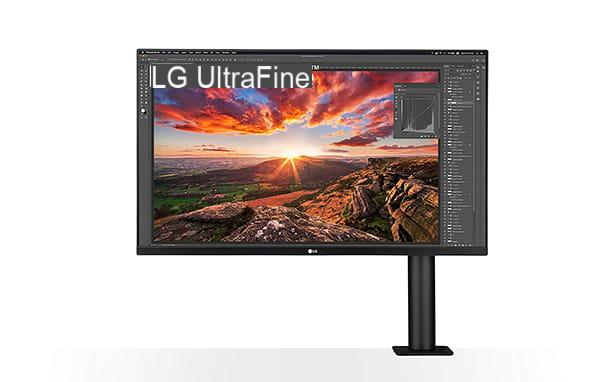
The monitor LG 32UN880 ERGO (where ERGO stands for ergonomic) is a product designed specifically for professional use, where size, color and light fidelity and ease of use must be in first place. The monitor consists of a 32 "IPS panel with a resolution of 3840 x 2160 pixels. The monitor is capable of reproducing up to 1.07 billion colors with HDR10 technology with a contrast ratio of 1000: 1. The LED backlight can deliver a brightness of 350 cd / m² and the anti-glare matte display favors a clear viewing angle of up to 178 °. The mechanical articulations allow the monitor to be raised, lowered, rotated and adjusted in depth for a truly ergonomic use. available are 2 HDMI and 1 DisplayPort 1.4, there is no shortage of data inputs with 2 USB 3.0 and 1 USB Type-C. The monitor is also equipped with 2 internal audio speakers with a power of 10W each.
Vedi offers your AmazonEizo FLEXSCAN EV2785
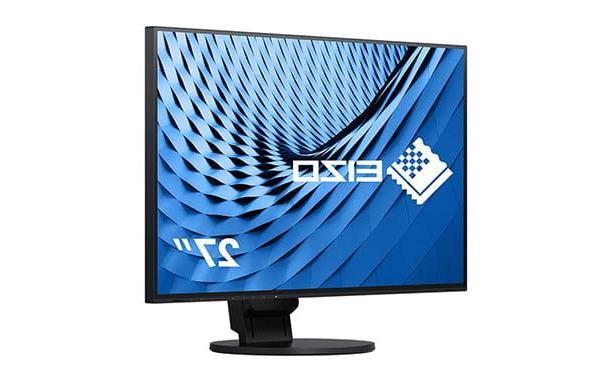
Eizo FLEXSCAN EV2785 is a professional monitor known for its faithful color reproduction and precise definition. This model consists of an IPS panel with a diagonal of 27 “, has a resolution of 3840 x 2160 pixels and a pixel density of 163 pixels per inch. The image underneath the anti-glare matte display is kept sharp and clear up to a 178 ° viewing angle. The color reproduction is higher than 1,06 billion and the native contrast ratio is 1300: 1, finally, the brightness of the panel reaches 350 cd / m². The video inputs allow a wide choice: there is 1 USB-C HDCP 1.3 input, 1 DisplayPort 1.3, 1 HDMI 2.2 input and 1 HDMI 1.4 input. Data inputs for quick accessibility are 2 USB 3.1 and 1 USB Type-C. There are no internal speakers, however there is a 3.5 ”jack output to connect an external audio device such as a pair of speakers or an audio amplifier.
Vedi offers your AmazonDell UltraSharp PremierColor UP2720Q
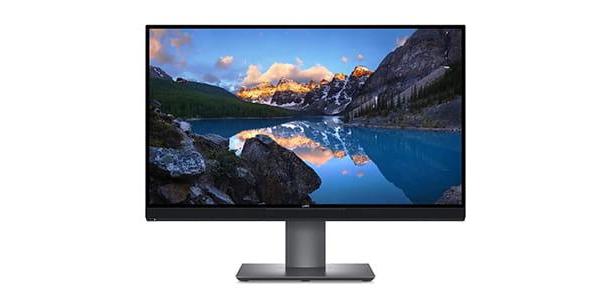
Il Dell UltraSharp PremierColor UP2720Q is a professional 27 “monitor for photography. The LCD panel with LED backlight is of the IPS type with a resolution of 3840 x 2160 pixels (163 pixels per inch). The PremierColor can reproduce up to 100% Adobe RGB color coverage, 80% BT.2020 color coverage and 98% DCI-P3 color coverage. The native contrast ratio is 1300: 1 and the backlight is capable of increasing up to 250 cd / m². The display surface is anti-glare matte and allows for a clean viewing angle of up to 178 ° from any direction. The mechanical joint allows the monitor to be adjusted in height, tilt and horizontal rotation. There are no integrated audio speakers, however there is a 3.5 ”jack output. In addition to 2 HDMI 2.2 video inputs and 1 DisplayPort 1.4 input, there are several data interfaces: 1 Thunderbolt 3, 3 USB 3.2 and 1 USB Type-C 3.2.
Vedi offers your AmazonHP DreamColor Z31X Studio
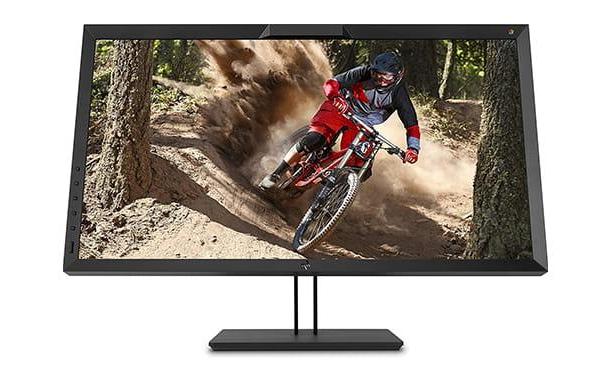
THEHP DreamColor Z31X Studio it is a high-end professional monitor. The native resolution of the 31 "(79cm) IPS panel is 4K Cinematic, which is 4096 x 2160 pixels. The native contrast ratio is 1500: 1. The LED backlight provides up to 250 cd / m² of brightness and a viewing angle. clear and clean up to 178 °. The Z31X panel is capable of reproducing over a billion colors in 7 color space presets: DCI-P3 D65, BT.709, BT.2020, sRGB D65, sRGB D50, Adobe RGB D65 and Adobe RGB D50. However it does not support HDR technology. The monitor is equipped with 4 USB 3.0 and 1 USB Type-C inputs and to complete the circle, 2 DisplayPort 1.2 video inputs and 2 HDMI 2.0 video inputs. The monitor is not equipped of internal audio speakers and can be tilted frontally or adjusted in height.
Eizo ColorEdge CG319X
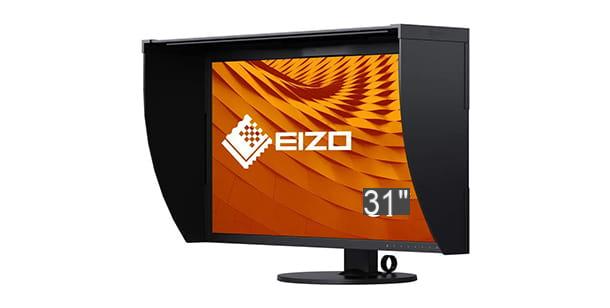
theEizo ColorEdge CG319X is a high-end / professional monitor, designed for artistic, graphic, video and photographic production. With color accuracy capable of reproducing over 1,07 billion colors with a contrast ratio of 1500: 1 and native 4K resolution (4096 x 2160 pixels with 149 pixels per inch), Eizo's ColorEdge monitor series is one of the most chosen among professionals. The IPS panel with the anti-reflective matte surface has an LED backlight capable of reaching 350 cd / m². The video inputs available are 2 DisplayPort 1.3, 2 HDMI 2.2 / 1.4). There are no integrated audio speakers or analog audio outputs, however there are 3 USB 3.1 data inputs. The swivel mechanism allows you to adjust the monitor in height, horizontal rotation and front tilt.
Vedi offers your AmazonArticle created in collaboration with HUAWEI.
Best monitors for photography: buying guide







